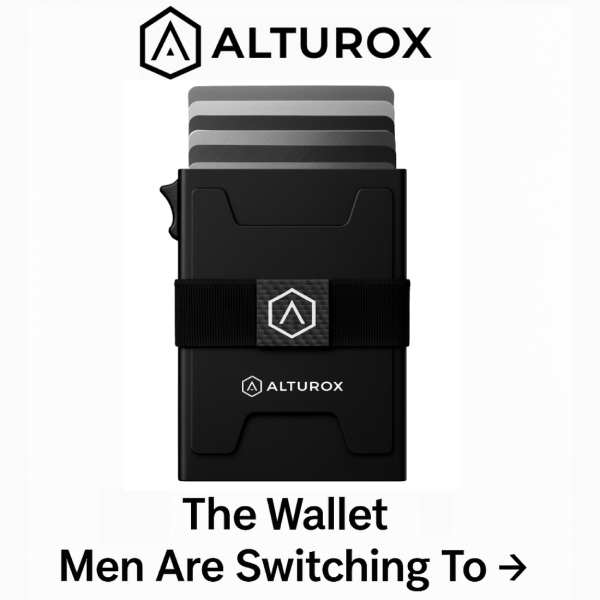How To Get A Uniform Tan Without Burning
First of all, let’s get something straight: there is no proof (so far) that tanning with a sunbed is riskier than tanning under the sun. If you have any, please post it below in a comment to let everyone know. The fact of the matter is both types of tanning can cause skin cancer if you’re not careful
To avoid this (and other) terrible medical problems we need to know how to protect ourselves from those damaging UV rays and without depriving us from the pleasure of laying in the sun for as long as we want.
What is tanning, anyway?
Tanning is the process through which we expose our skin to ultraviolet rays. The purpose is to darken it’s tone for a nice, sexy look. The moment ultraviolet (UV) rays reach the skin’s surface, it reacts by secreting a substance called melanin. This is actually a pigment that has a protector role. It is produced by melanin-producing cells called melanocytes.
The radiations that stimulate melanin production are UVA and and UVB. UVAs are partially protected by the clothes we wear but this is not the case for UVB.
What dangers do we expose ourselves when we stay unprotected in the sun?
There are more than you probably though. besides skin cancer, we can add skin burning and wrinkles. UV radiation can also affect the eyes, producing inflammations.
Types of skin
When it comes to how sensitive human skin is to sun rays, we can classify it in 6 classes. It’s important to know what type of skin you have to know how long you can stay in the sun and what protection factor you should use for your sun cream.
Type I skin is extremely white. The person who has it usually has green or blue eyes and he should avoid suntanning altogether. That’s right: no sun exposure!
Type II skin is a little darker than type I. If your skin is in this category, I recommend to limit your sun exposure because you’ll get burn very easily. Use a sun cream or gel with a very high protection factor.
Type III skin gets a good and safe tan but it CAN get sunburns if you leave it too much. If you have this type, you’re one of the lucky ones.
Type IV skin is darker, eyes are usually brown or dark brown and hair is dark. It can get a sun tan pretty easy and doesn’t have too much sunburn problems.
Type V is darker than the previous four types and almost never gets burn. Generally, populations from Latin America are the ones known to have this skin type. They have a very low risk of getting skin cancer.
Type VI is the darkest one, you see it predominantly in people of African origin. Skin cancer is extremely rare.
What are solar creams?
Let’s talk a little about ways to protect ourselves when we stay in the sun or use sunbeds.Solar creams are substances that block harmful radiations.
What few people know is what the protection factor is and what solar cream to use depending on the skin type.
The solar protection factor (SPF) is an indicator present on every solar cream gel or spray. It tells us how well that product can protect us from UVB radiations. Yes, we’re only talking about UVBs – UVAs are a different story. If you want both UVA + UVB protection (recommended) then you have to carefully look on the tube to check. Good solar creams specify that they protect against both.
Basically, the SPF shows times how many more minutes you can stay in the sun than you can without any protection. Did you know that, in normal conditions, a type II skin can stay in the sun for only 10 minutes before it starts to burn? This is why you need protection.
So, if you can stay 10 minutes without the solar cream, a solar cream with a SPF of 30 allows you to stay 300 minutes (10 minutes X 30 SPF).
So, the solar protection factor doesn’t protect you BETTER – it protects you LONGER!
if you don’t know how long you can stay in the sun without burning, consider the time interval to be 10 minutes. If you have really white skin then subtract a few minutes. If your skin is darker than average, add a few minutes. Then multiply that number of minutes with the SPF.
How do I apply the solar cream and how often?
Research shows the best method to apply sun cream is to do it 15-30 minutes before you start tanning and, a second time, 15-30 minutes AFTER that moment.
From this point forward, reapplying the cream, gel or spray are necessary if:
- you sweat a lot
- you went into the pool or the sea
- you rubbed too much with the towel
- the safety time (which we discussed above) expired.
How do I protect my head when tanning in the sun?
When you’re laying in the sun you MUST have something to cover you head. it’s not enough to wear sunglasses – they can only protect your eyes. Though it may not be as stylish, wear a cap for maximum protection.
Besides this, it is recommended that you take breaks from suntanning. Take a few minutes to rest in the shade so that your body will have time to recover for the next tanning session.
Can I use olive oil instead of sun cream?
A lot of people noticed that they get a much nicer tan when using olive oil. While this may be true, olive oil does ABSOLUTELY NOTHING to protect you from UV rays. If you want, find a solar cream that has olive oil on its ingredients list.
What should I do if I didn’t follow the advice give in this article?
OK, you’ve done it. You stayed too much in the sun and/or you weren’t protected. While you have to suffer the consequences, there are things you can do to alleviate some of the pain you probably have.
make sure you get plenty of water. Hydration is crucial. Sunburns can last up to two weeks so make sure you get plenty of fluids, especially in the first 2-3 days.
Avoid the sun at all cost until you’re absolutely sure you’re fine.
Now that you know how to get a great suntan, all you have to do is put the advice given here into practice. A little knowledge before going out there cans ave you a lot of pain.
Note: Neither the author nor www.BeStylish.org assume any responsibility for the advice given in this article. The text of this article are only opinions of the author and should not be mistaken with doctor’s advice. If you have problems due to overexposure to the sun, contact your family doctor immediately.




